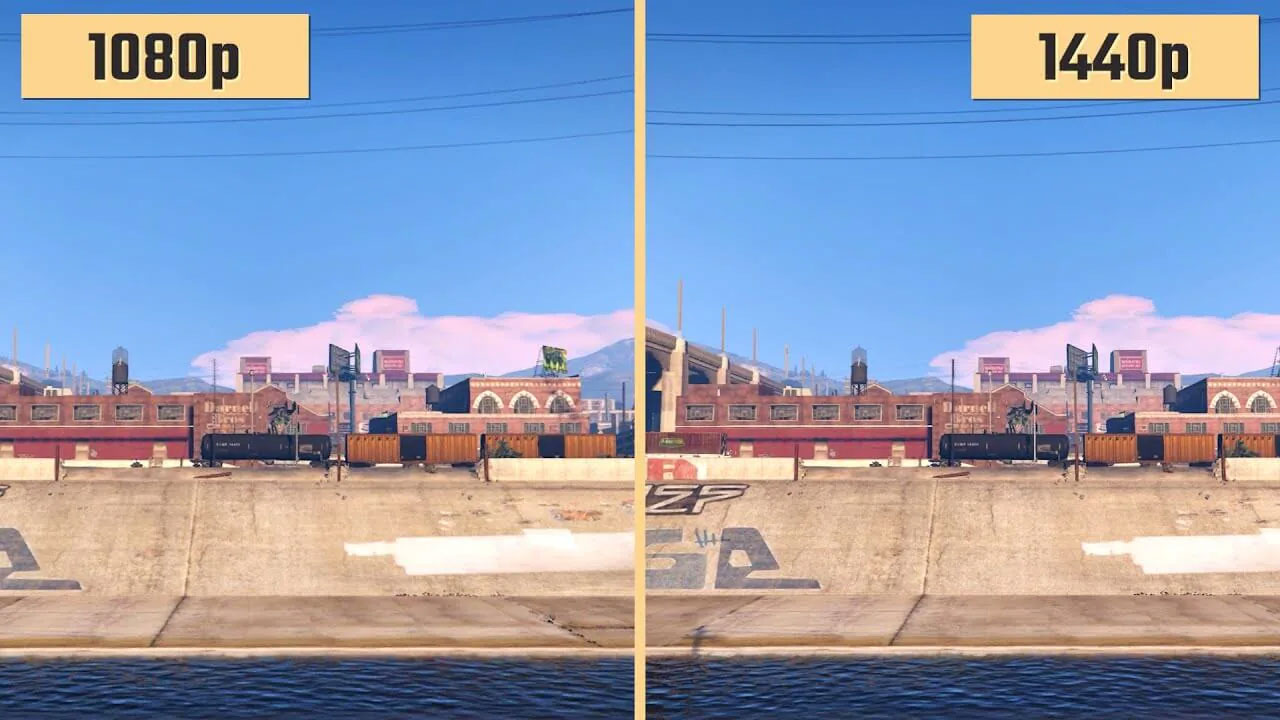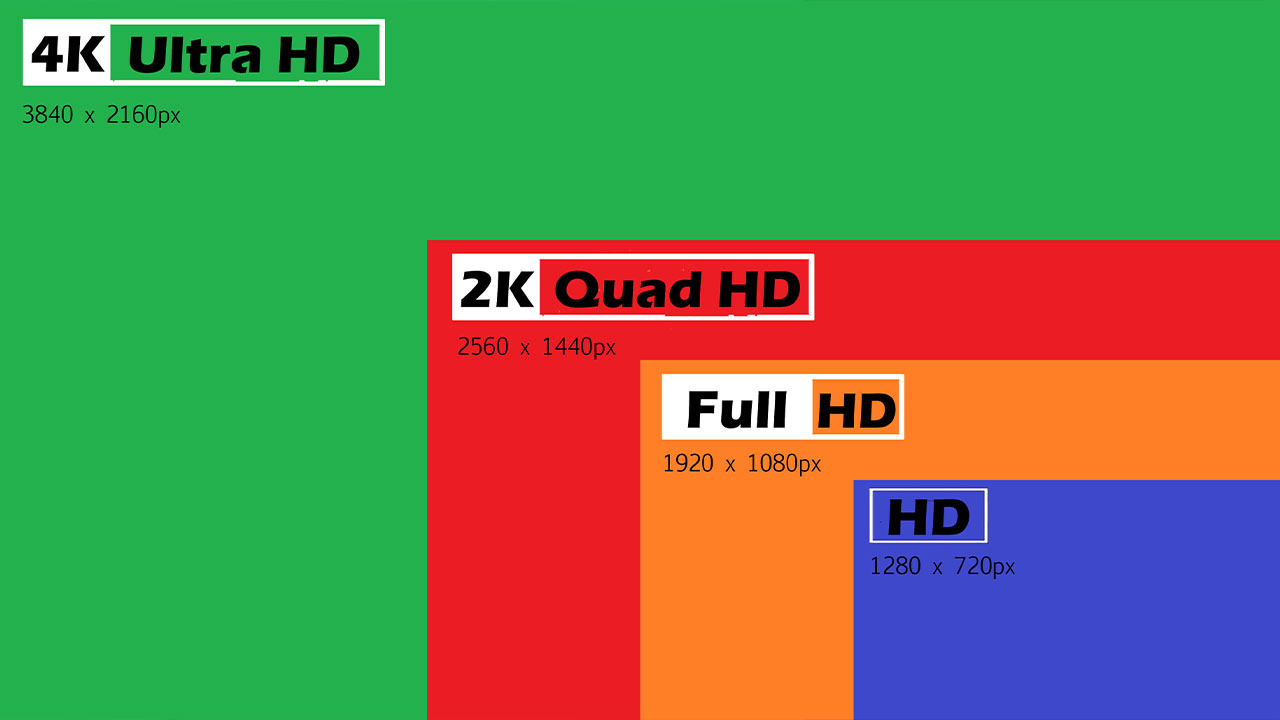There are a ton of confusing resolution terms such as Full HD, QHD, 360p and 720p. Which of these values should we look for, especially when we buy a monitor or television? Are they all important, or are there some that are put forward for marketing concerns?
Especially today, phones that cannot record 4K video and at least ‘Full HDMonitors without ‘ are not looked at. What is confusing while shopping is; There are phrases such as 2K, 1440p, 4K, QHD.
Although we are familiar with some of these, the numerical equivalent of resolution from time to time, for marketing purposes can get in the way of his name. Sometimes the opposite happens. Mostly according to a certain standard progressive resolution levels, so they may sound better/worse than they are.
Basically, the 480p, 720p, 1080p and other phrases we know are based on the number of vertical pixels.
For example, the image quality we keep in mind as 480p is basically (16:9 ratio screens) has a ratio of 848 horizontal pixels to 480 vertical pixels. 720p is obtained by dividing 1280 horizontal pixels and 720 vertical pixels.
At 1080p this is 1920×1080 we see it is. In the standard 16:9 ratio, if we multiply 1280 by 720 for the number of pixels on a 720p screen, we get the total number of pixels. This makes 921 thousand 600 pixels. In 1080p, this number increases to 2 million 73 thousand 600. In this way, higher pixel count also gives us more details provides.
Adjacent to these numbers letter ‘p’ refers to how the image is projected onto the screen. Here ‘p’ stands for progressive (continuous). This is the whole frame on the screen. at the same time means reflected.
1080p is followed by 1440p and most people know it as 2K.

wondershare
Here, again, on a 16:9 screen 2560×1440 pixels. You may have seen this in YouTube videos at well above 1080p. But we can’t say it’s very good. There were basically two reasons for this. First, there is hardly any hardware to offer this resolution specifically. was not common.
The second was that 1440p did not find much response on the user’s side. For someone using a 1080p monitor, 1440p doesn’t sound like much. revolutionary was not coming. For this reason, this resolution 2K and QHD We’ve seen them marketed under their names. When you look at it, it is based on the horizontal pixel count of 2560.
Then why wasn’t it called 3K?

Because the ‘K’ doesn’t really matter here. After all, this is a supplement that came about with marketing goals. Also for 1440p after 1080p like twice as much It creates a perception. There is not much in front of you saying 3K to a screen with 2880 pixels horizontally. No obstacle.
But this is not the main concern of companies. The resolutions we mentioned vary according to the usage area. For example, we have just given the pixel ratios specifically on a 16:9 screen. These values can play out for different purposes in different industries, and that’s why companies prefer not to use terms like 2K.
After all 2560×1440 And 2048×1080 Both resolutions are common, but when we gather them all under one roof, the chances of people getting the wrong product increase.
The situation is similar for 4K.

Intech
Here, too, on the 16:9 screens we are used to 3840×2160 pixel is involved. But 4096×2160 rate is very common. As you will notice, here too, 3840 is based on the horizontal pixel count, not vertical like the previous ones. This is 4 times the performance of 1080p Full HD quality.4K‘ is named after him.
The fact that games have reached this resolution and that the 4K value has partially become standard in televisions and phone cameras has also contributed to the popularity of the term 4K. to very high levels carried it. With this step, which is already a radical change, the interest of everyone, both inside and outside the industry, has been drawn.
The QHD we mentioned for 1440p means four times the HD resolution. In this context, for 4K FQHD or UHD terms are sometimes used. This means that it is four times the known Full HD with 1080p. But it would be more accurate to consider it as a ‘category’ rather than a standard. Basically this, horizontally 4000 levels Panels with pixel count are included.
RELATED NEWS
What Is the ‘Inch’ We See in Technological Devices, and How Is It Calculated?
But as we said, this concept is marketing purpose cannot be used outside. The reason for this is that it does not have a certain standard. Because screen ratios and pixel counts can play, companies prefer not to give them all a single name, but for everyone to use what they need. As a result, we call 1080p Full HD based on 1080p at the rate of 1920×1080. But someone else can come along and take 1920 as a basis and do it. 2K might think.
